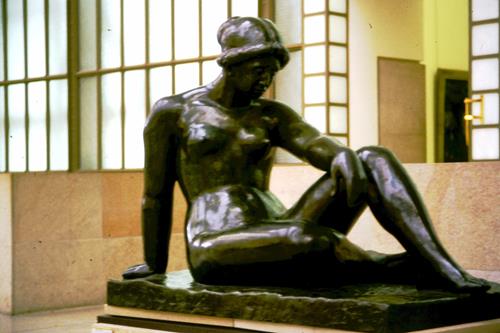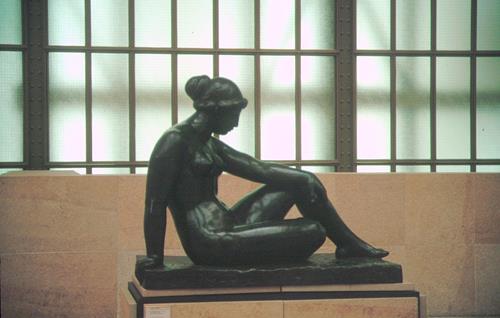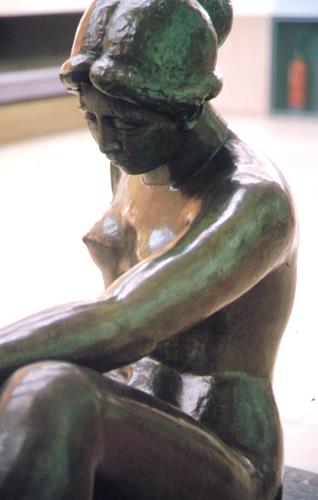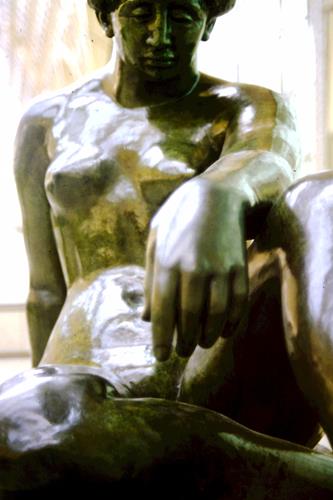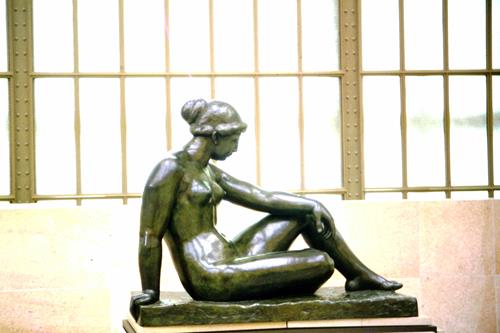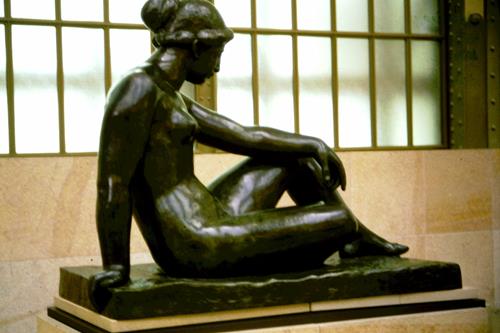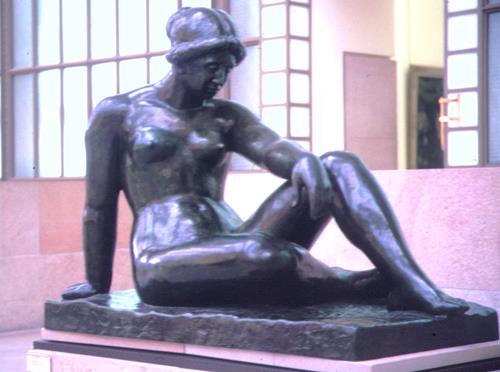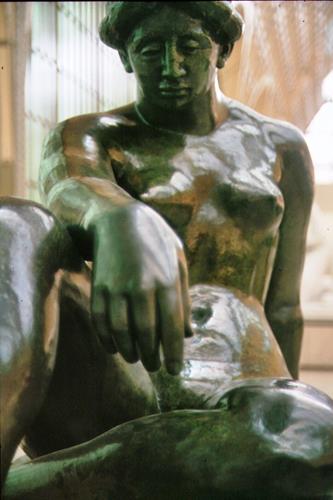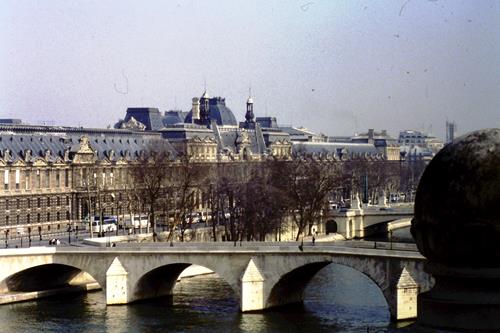
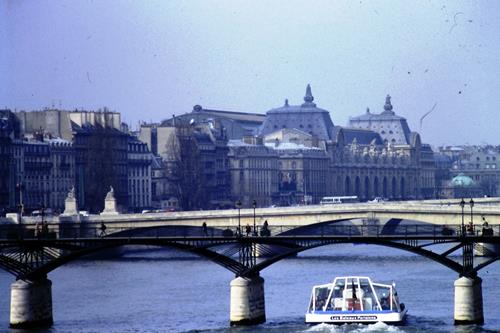
Musée d'Orsay
Once upon a time there was a Palace called the
Palais d’Orsay, just across the river from the Louvre.
Like many buildings,
however, it was burned down in 1871. The site stayed empty until the Great
Exhibition of 1900,
when the Orleans Railway Company took it over and built
a station for visitors to the exhibition.
They called it Gare d’Orléans, but
Parisians as usual preferred the old name, and it’s always been called Gare
d’Orsay.
In 1940 the trains stopped and the station became a prisoner-of-war
camp, and then it stood empty.
At one point, a theatre company took it over,
performing in a huge tent inside the building, but the place was falling down
and they moved out.
It should have been pulled down, but President Pompidou
refused permission, and it has finally re-opened as the Musée d’Orsay,
a
Museum of the Nineteenth Century. Actually, it covers the years from 1848
(dethronement of Louis-Philippe) to 1914.
The building itself is the first
exhibit; Art Nouveau style, elegant and grandiose; but its chief glory is the
paintings,
since its period is exactly that of the Impressionists and their
followers; Renoir, Manet, Monet, Toulouse-Lautrec, Van Gogh, Bonnard,
you
can drown in colour if you’re not careful. Also architectural plans and models,
furniture, oodles of sculpture;
it carries on nowhere the Louvre leaves off,
and does a superb job.



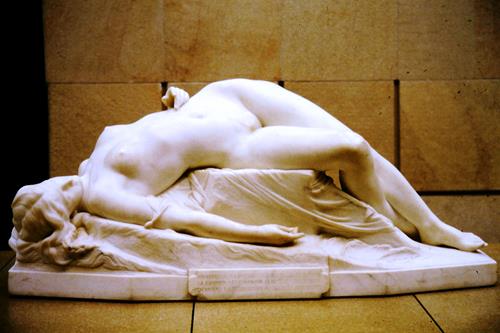
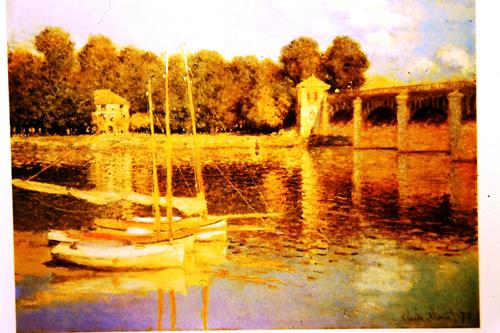
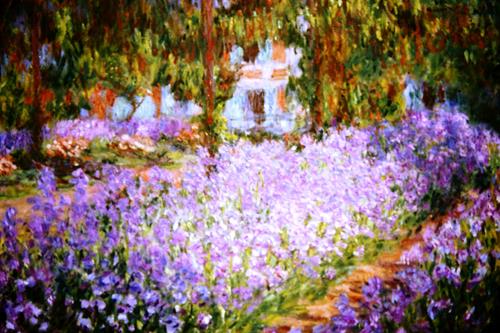
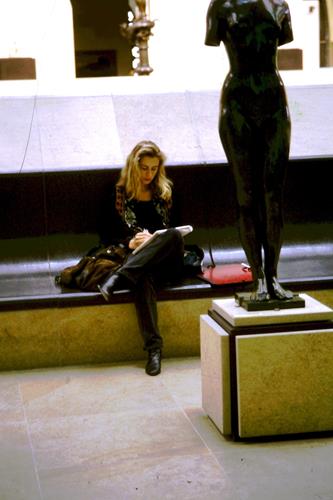
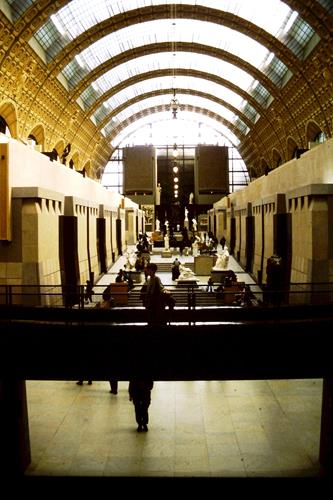


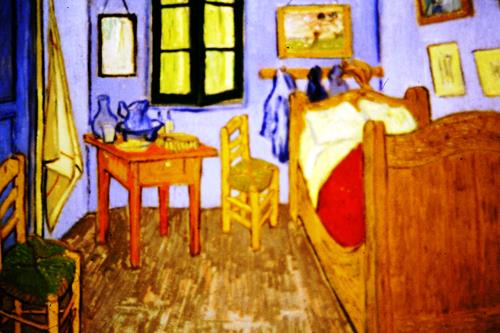
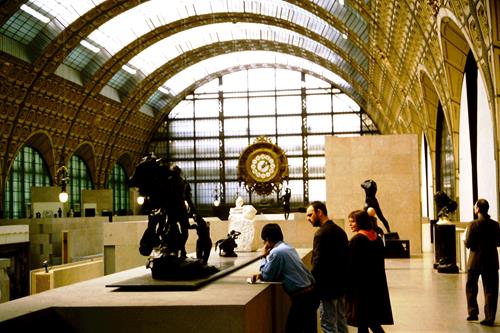
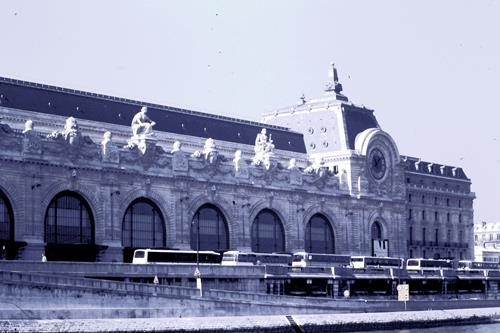
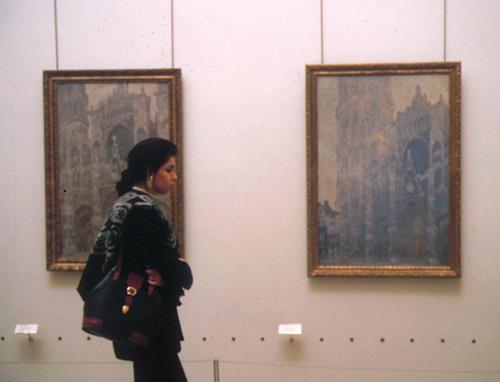
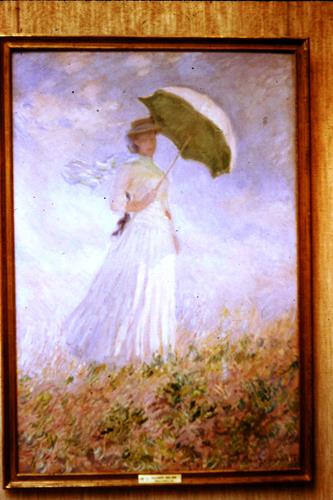
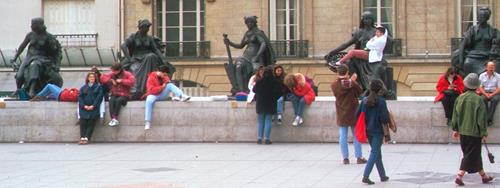
.jpg)
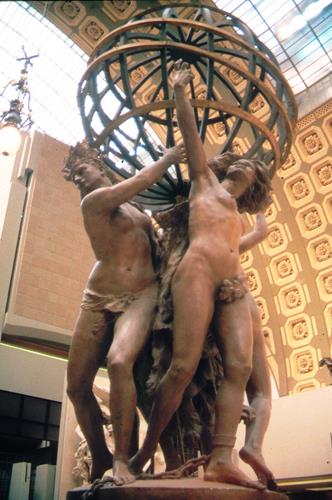

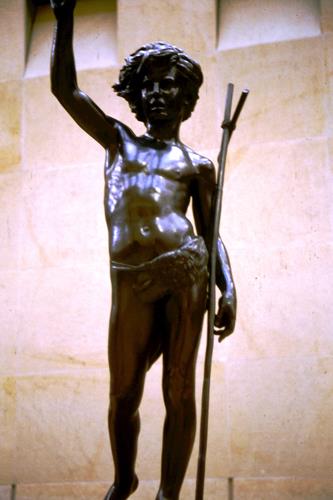

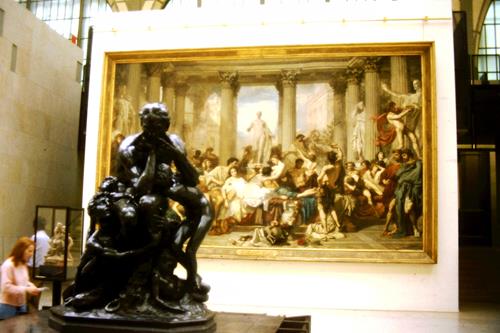
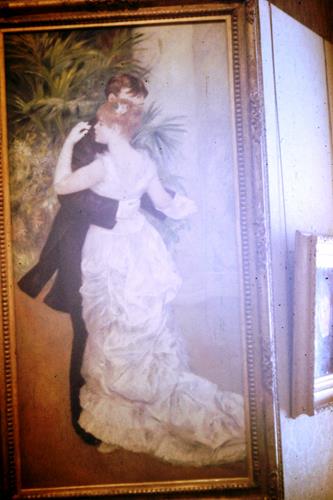


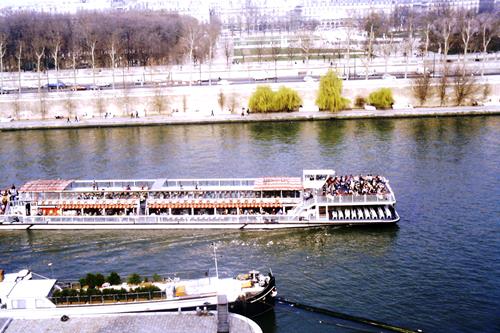
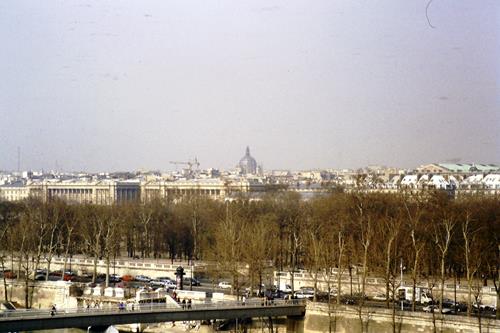
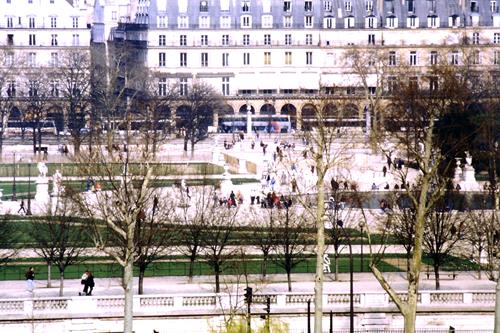
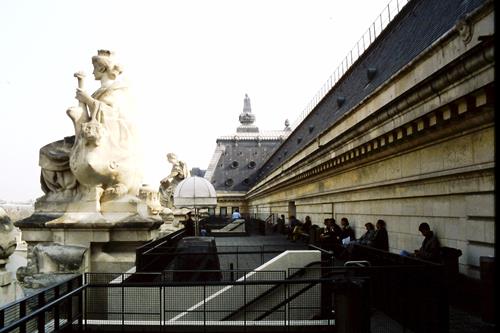

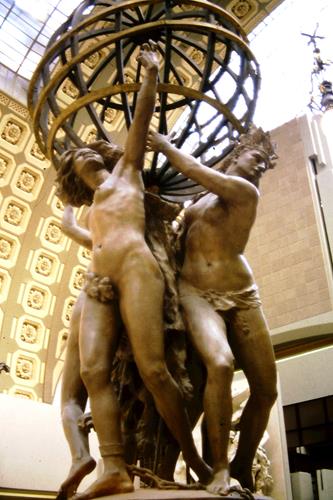
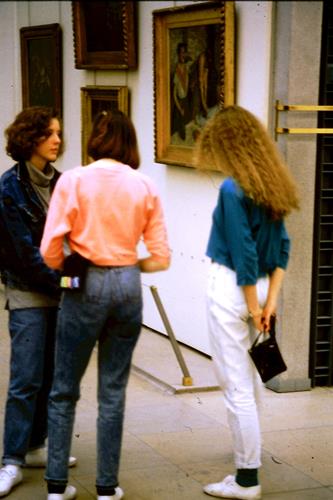
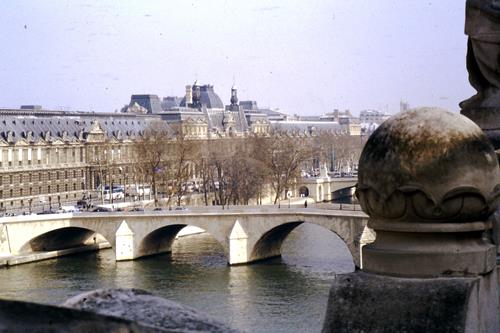
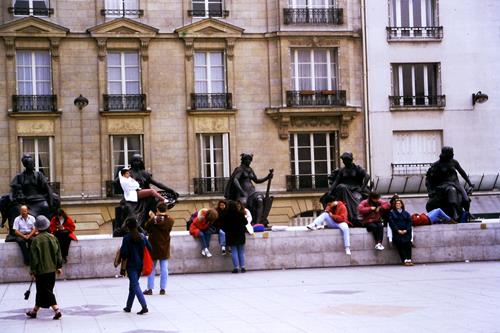
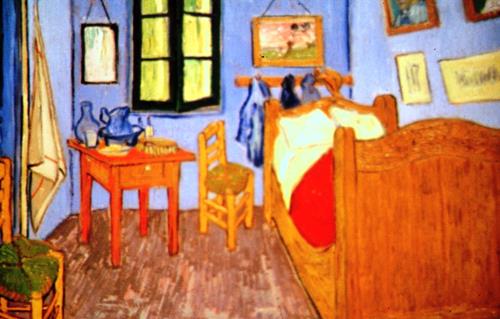
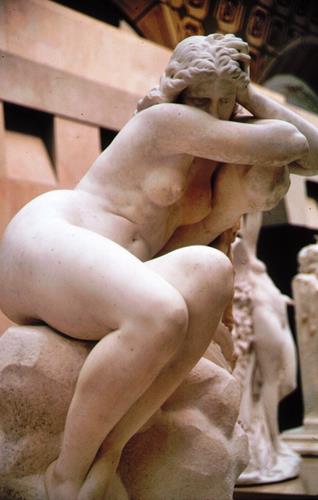
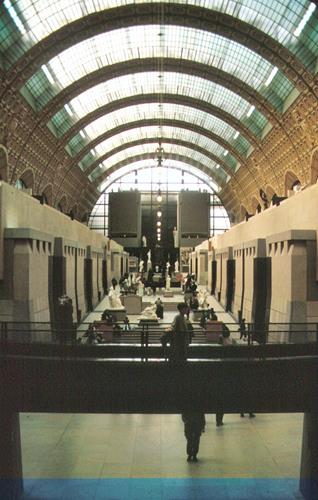
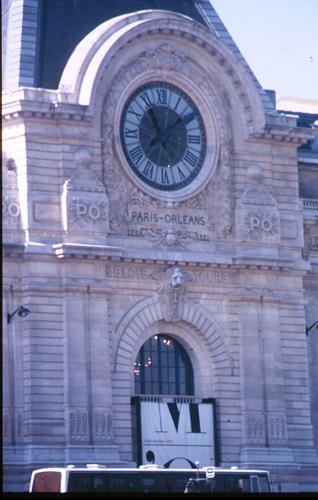
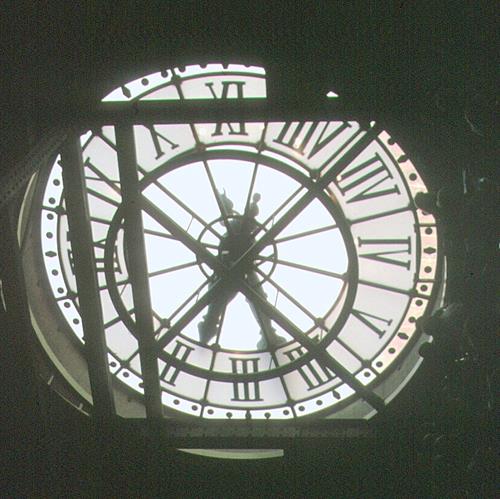
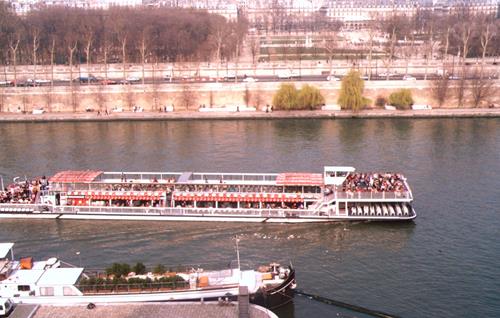
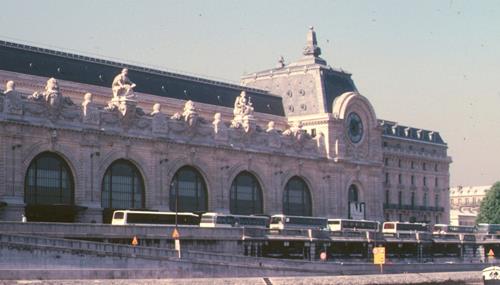
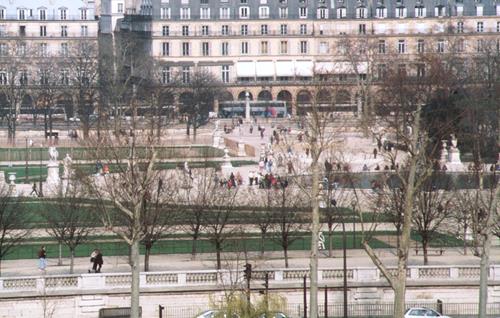
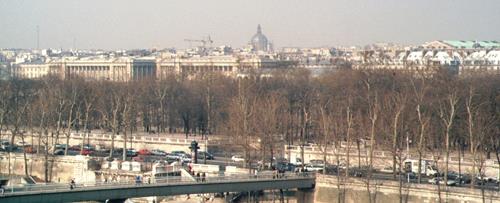

Maillol: La Méditerranée
I can't help it, I just keep taking photos of this
sculpture.
The first time I went to the Musée d'Orsay, it was with a party of schoolkids.
I warned them in advance; take no notice of the titles on the sculptures, most
of them are just excuses for
modelling nude females. A few moments later, I saw this title, La Méditerranée,
and thought, well, here's another excuse. But then I saw the bronze,
and it is the Mediterranean. I haven't worked out half of the secret, but
if you look at her in profile, she's definitely Greek; and in full face,
definitely African.
Clever devil, Maillol.
